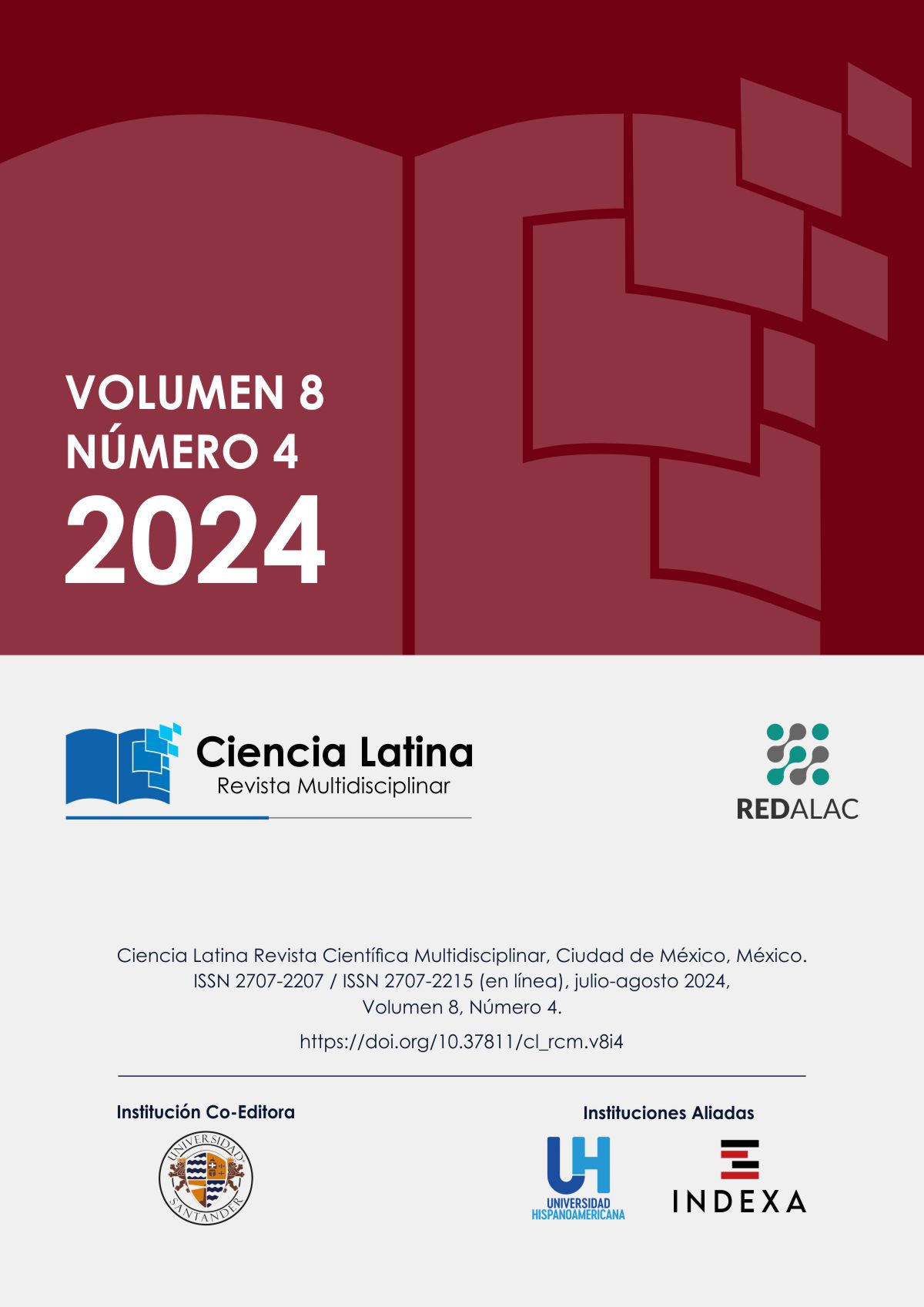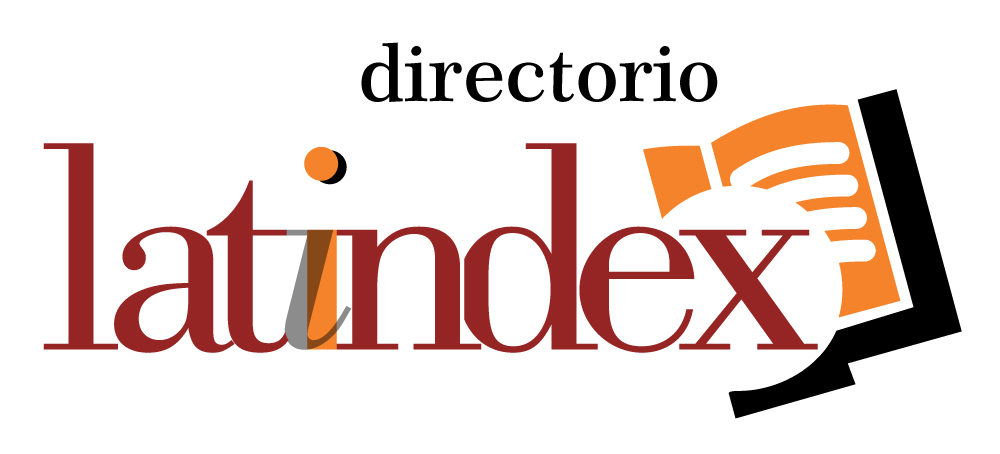Fenómenos Comiciales Secundarios a Trauma Cráneo Encefálico, Revisión de los Mecanismos Moleculares y Nuevas Dianas Terapéuticas
Resumen
La epilepsia postraumática (EPT) es una de las consecuencias de red a largo plazo más devastadoras de la lesión cerebral traumática (LCT). Actualmente no existe un tratamiento aprobado que pueda prevenir la aparición de convulsiones espontáneas asociadas con una lesión cerebral, y muchos casos de EPT son refractarios a los medicamentos anticonvulsivos. La epileptogénesis postraumática es un proceso duradero por el cual un cerebro normal exhibe excitabilidad hipersincrónica después de un incidente de lesión en la cabeza. Comprender las redes neuronales y las patologías moleculares involucradas en la epileptogénesis es clave para prevenir su desarrollo o modificar la progresión de la enfermedad. En este artículo, describimos una evaluación crítica del estado actual de la investigación de la EPT con énfasis en modelos experimentales, mecanismos moleculares de la epileptogénesis postraumática, biomarcadores potenciales, y la carga de comorbilidades asociadas al EPT. El objetivo de la investigación de la epilepsia es identificar nuevas estrategias terapéuticas que puedan prevenir el desarrollo de EPT o interrumpir el proceso epileptógeno y aliviar las comorbilidades neuropsiquiátricas asociadas. Por lo tanto, también describimos los datos preclínicos y clínicos actuales sobre el tratamiento de las secuelas del EPT. Las diferencias en los patrones de lesión, el período de latencia y los biomarcadores se describen en el contexto de la validación del modelo animal, la fisiopatología, la frecuencia de las convulsiones y el comportamiento. Mejorar la recuperación de LCT y prevenir la aparición de convulsiones son tareas complejas y desafiantes; sin embargo, se ha avanzado mucho en esta década demostrando estrategias modificadoras de la enfermedad, antiinflamatorias y neuroprotectoras, lo que sugiere que este objetivo es pragmático. Nuestra comprensión de PTE está en constante evolución.
Descargas
Citas
Abbasi B, Goldenholz DM (2019) Machine learning applications in epilepsy. Epilepsia 60:2037–2047. [PMC free article] [PubMed] [Google Scholar]
Abdelmalik PA, Boorman DW, Tracy J, Jallo J, Rincon F (2016) Acute traumatic coagulopathy accompanying isolated traumatic brain injury is associated with worse long-term functional and cognitive outcomes. Neurocrit Care 24:361–370. [PubMed] [Google Scholar]
Abdullahi A, Amini-Nik S, Jeschke MG (2014) Animal models in burn research. Cell Mol Life Sci 71:3241–3255. [PMC free article] [PubMed] [Google Scholar]
Adeyemo BO, Biederman J, Zafonte R, Kagan E, Spencer TJ, Uchida M, Kenworthy T, Spencer AE, Faraone SV (2014) Mild traumatic brain injury and ADHD: a systematic review of the literature and meta-analysis. J Atten Disord 18:576–584. [PubMed] [Google Scholar]
Agoston DV, Shutes-David A, Peskind ER (2017) Biofluid biomarkers of traumatic brain injury. Brain Inj 31:1195–1203. [PubMed] [Google Scholar]
Agoston DV, Vink R, Helmy A, Risling M, Nelson D, Prins M (2019) How to translate time: the temporal aspects of rodent and human pathobiological processes in traumatic brain injury. J Neurotrauma 36:1724–1737. [PMC free article] [PubMed] [Google Scholar]
Agrawal A, Timothy J, Pandit L, Manju M (2006) Post-traumatic epilepsy: an overview. Clin Neurol Neurosurg 108:433–439. [PubMed] [Google Scholar]
Ahmed F, Plantman S, Cernak I, Agoston DV (2015) The temporal pattern of changes in serum biomarker levels reveals complex and dynamically changing pathologies after exposure to a single low-intensity blast in mice. Front Neurol 6:114. [PMC free article] [PubMed] [Google Scholar]
Alles JFehlmann TFischer UBackes CGalata VMinet MHart MAbu-Halima MGrässer FALenhof HP, et al. (2019) An estimate of the total number of true human miRNAs. Nucleic Acids Res 47:3353–3364. [PMC free article] [PubMed] [Google Scholar]
Alyu F, Dikmen M (2017) Inflammatory aspects of epileptogenesis: contribution of molecular inflammatory mechanisms. Acta Neuropsychiatr 29:1–16. [PubMed] [Google Scholar]
Andrade P, Nissinen J, Pitkänen A (2017) Generalized seizures after experimental traumatic brain injury occur at the transition from slow-wave to rapid eye movement sleep. J Neurotrauma 34:1482–1487. [PubMed] [Google Scholar]
Andrade-Valenca LP, Dubeau F, Mari F, Zelmann R, Gotman J (2011) Interictal scalp fast oscillations as a marker of the seizure onset zone. Neurology 77:524–531. [PMC free article] [PubMed] [Google Scholar]
Annegers JF, Hauser WA, Coan SP, Rocca WA (1998) A population-based study of seizures after traumatic brain injuries. N Engl J Med 338:20–24. [PubMed] [Google Scholar]
Atif H, Hicks SD (2019) A review of MicroRNA biomarkers in traumatic brain injury. J Exp Neurosci 13:1179069519832286. [PMC free article] [PubMed] [Google Scholar]
Atkins CM, Truettner JS, Lotocki G, Sanchez-Molano J, Kang Y, Alonso OF, Sick TJ, Dietrich WD, Bramlett HM (2010) Post-traumatic seizure susceptibility is attenuated by hypothermia therapy. Eur J Neurosci 32:1912–1920. [PMC free article] [PubMed] [Google Scholar]
Avsar E, Empson RM (2004) Adenosine acting via A1 receptors, controls the transition to status epilepticus-like behaviour in an in vitro model of epilepsy. Neuropharmacology 47:427–437. [PubMed] [Google Scholar]
Babbage DR, Yim J, Zupan B, Neumann D, Tomita MR, Willer B (2011) Meta-analysis of facial affect recognition difficulties after traumatic brain injury. Neuropsychology 25:277–285. [PubMed] [Google Scholar]
Baik EJ, Kim EJ, Lee SH, Moon C (1999) Cyclooxygenase-2 selective inhibitors aggravate kainic acid induced seizure and neuronal cell death in the hippocampus. Brain Res 843:118–129. [PubMed] [Google Scholar]
Bailes JE, Dashnaw ML, Petraglia AL, Turner RC (2014) Cumulative effects of repetitive mild traumatic brain injury. Prog Neurol Surg 28:50–62. [PubMed] [Google Scholar]
Bao YH, Bramlett HM, Atkins CM, Truettner JS, Lotocki G, Alonso OF, Dietrich WD (2011) Post-traumatic seizures exacerbate histopathological damage after fluid-percussion brain injury. J Neurotrauma 28:35–42. [PMC free article] [PubMed] [Google Scholar]
Bar-Klein GLublinsky SKamintsky LNoyman IVeksler RDalipaj HSenatorov VV JrSwissa ERosenbach DElazary N, et al. (2017) Imaging blood-brain barrier dysfunction as a biomarker for epileptogenesis. Brain 140:1692–1705. [PubMed] [Google Scholar]
Tandazo Cuenca, T. J., Carchi Tandazo, T. A., Beltrán Balarezo, C. E., Yánez Romero, M. E., & Lapo Calderón, B. G. (2024). Estrategias de Aprendizaje para Mejorar la Comprensión de Progresiones Aritméticas en Estudiantes de Educación Superior . Estudios Y Perspectivas Revista Científica Y Académica , 4(1), 15–32. https://doi.org/10.61384/r.c.a.v4i1.69
Garrochamba Peñafiel , B. D. (2024). Factores de Riesgo Asociados a Diabetes Mellitus Tipo 2. Revista Científica De Salud Y Desarrollo Humano, 5(2), 101–115. https://doi.org/10.61368/r.s.d.h.v5i2.123
Tandazo Cuenca, T. J., Carchi Tandazo, T. A., Beltrán Balarezo, C. E., Yánez Romero, M. E., & Lapo Calderón, B. G. (2024). Estrategias de Aprendizaje para Mejorar la Comprensión de Progresiones Aritméticas en Estudiantes de Educación Superior . Estudios Y Perspectivas Revista Científica Y Académica , 4(1), 15–32. https://doi.org/10.61384/r.c.a.v4i1.70
Martínez, O., Aranda , R., Barreto , E., Fanego , J., Fernández , A., López , J., Medina , J., Meza , M., Muñoz , D., & Urbieta , J. (2024). Los tipos de discriminación laboral en las ciudades de Capiatá y San Lorenzo. Arandu UTIC, 11(1), 77–95. Recuperado a partir de https://www.uticvirtual.edu.py/revista.ojs/index.php/revistas/article/view/179
v, H., & Quispe Coca, R. A. (2024). Tecno Bio Gas. Horizonte Académico, 4(4), 17–23. Recuperado a partir de https://horizonteacademico.org/index.php/horizonte/article/view/14
Da Silva Santos , F., & López Vargas , R. (2020). Efecto del Estrés en la Función Inmune en Pacientes con Enfermedades Autoinmunes: una Revisión de Estudios Latinoamericanos. Revista Científica De Salud Y Desarrollo Humano, 1(1), 46–59. https://doi.org/10.61368/r.s.d.h.v1i1.9
Barlow DH (2004) Anxiety and Its Disorders: The Nature and Treatment of Anxiety and Panic. 2nd Edition. Guilford Press, New York. [Google Scholar]
Barnes CA (1979) Memory deficits associated with senescence: a neurophysiological and behavioral study in the rat. J Comp Physiol Psychol 93:74–104. [PubMed] [Google Scholar]
Barnes DE, Kaup A, Kirby KA, Byers AL, Diaz-Arrastia R, Yaffe K (2014) Traumatic brain injury and risk of dementia in older veterans. Neurology 83:312–319. [PMC free article] [PubMed] [Google Scholar]
Baumann CR, Stocker R, Imhof HG, Trentz O, Hersberger M, Mignot E, Bassetti CL (2005) Hypocretin-1 (orexin A) deficiency in acute traumatic brain injury. Neurology 65:147–149. [PubMed] [Google Scholar]
Baumann CR, Werth E, Stocker R, Ludwig S, Bassetti CL (2007) Sleep-wake disturbances 6 months after traumatic brain injury: a prospective study. Brain 130:1873–1883. [PubMed] [Google Scholar]
Benabid AL, Benazzous A, Pollak P (2002) Mechanisms of deep brain stimulation. Mov Disord 17 (Suppl 3):S73–S74. [PubMed] [Google Scholar]
Ben Shimon M, Shavit-Stein E, Altman K, Pick CG, Maggio N (2020) Thrombin as key mediator of seizure development following traumatic brain injury. Front Pharmacol 10:1532. [PMC free article] [PubMed] [Google Scholar]
Berdichevsky Y, Dryer AM, Saponjian Y, Mahoney MM, Pimentel CA, Lucini CA, Usenovic M, Staley KJ (2013) PI3K-Akt signaling activates mTOR-mediated epileptogenesis in organotypic hippocampal culture model of post-traumatic epilepsy. J Neurosci 33:9056–9067. [PMC free article] [PubMed] [Google Scholar]
Derechos de autor 2024 Diego Andres Valdes Cabello, Lucero Andrea Garzón Mendoza, Andrés Felipe Rubio Barbosa , Manuel Fernando Cruz Acosta , Valentina María Movilla Mogres , Luisa Fernanda Morales Guerra , Paola Andrea Torres Ortiz , Maritza Johanna Camacho Santamaria

Esta obra está bajo licencia internacional Creative Commons Reconocimiento 4.0.











.png)




















.png)
1.png)


